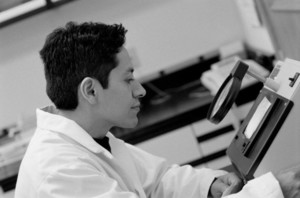Clinical trials required by European regulators to compare biosimilar products with corresponding biologic brands are surplus to requirements and may even be a barrier for the development of biosimilars of more complicated biologics, state Professor Huub Schellekens and Dr Ellen Moors of Utrecht University, The Netherlands, in a Nature Biotechnology Commentary of January 2010. “If you look in detail at the accepted and rejected biosimilars and the differences, then you might conclude that proof of clinical equivalence is actually overdue,” comments Professor Arnold Vulto of the Erasmus MC, Rotterdam.
- INICIO
-
Genéricos
Novedades
- FDA approves generic teriparatide and levetiracetam
- US generics launch and approval for Dr Reddy’s and Lupin
- Five Chinese companies join UN’s MPP for Covid-19 medicines
- South Korean companies to make generic Bridion and COVID-19 drugs
Investigación
- Japan’s drug shortage crisis: challenges and policy solutions
- Saudi FDA drug approvals and GMP inspections: trend analysis
- Generic medications in the Lebanese community: understanding and public perception
- Community pharmacists’ understanding of generic and biosimilar drugs: Lebanon case study
General
- Crecimiento de medicamentos genéricos en Brasil y Venezuela
- EMA launches European shortages monitoring platform to tackle persistent medicine shortages
- Penetración de los medicamentos genéricos en México y Brasil
- FDA releases one-year progress report for the Generic Drug Cluster
-
Biosimilares
Novedades
- Biosimilars referencing Amgen’s Neulasta and Neupogen launch in Canada and US
- La EMA recomienda la aprobación de nueve biosimilares
- FDA approves six denosumab biosimilars
- EMA recommends approval for four biosimilars targeting three therapies
- MORE EDITORIAL SECTIONS
- Search








 0
0











Post your comment